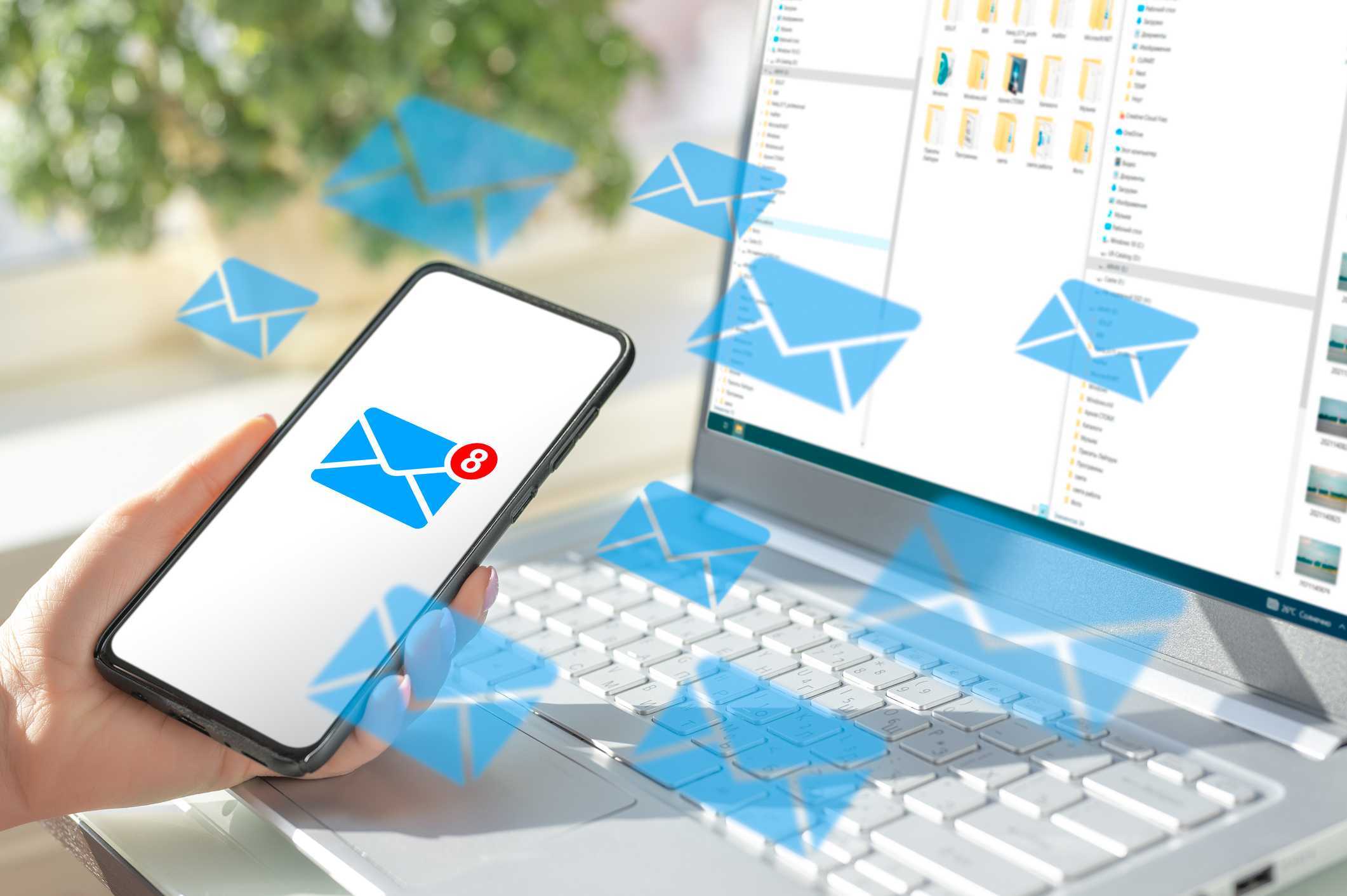Using Data-Driven Insights to Strengthen Your Email Security

 By
Jason Miller
·
3 minute read
By
Jason Miller
·
3 minute read
Using Data-Driven Insights to Strengthen Your Email Security
Email threats continue to evolve, making it more important than ever to take a strategic, informed approach to protecting your communications. While firewalls and spam filters provide basic protection, true resilience comes from leveraging email security insights—the real-time data that reveals how your domain is being used, targeted, and perceived. These insights can guide smarter decisions and empower your organization to proactively defend against threats.
Modern email security isn’t just about blocking bad actors—it’s about understanding behavior, spotting anomalies, and responding before damage occurs. Data-driven security transforms reactive protection into a proactive, intelligent defense layer that grows stronger over time.
What Are Email Security Insights?
Email security insights refer to actionable data gathered from various sources to help monitor and improve the safety of your email communications. These insights typically include:
- Authentication results from SPF, DKIM, and DMARC records
- DMARC aggregate and forensic reports
- Patterns in phishing and spoofing attempts
- Email engagement metrics such as bounce rates and open failures
- Threat intelligence feeds identifying malicious IPs and domains
This data provides visibility into how your emails are performing and how your domain is being used (or misused) across the internet.
Why Data-Driven Security Matters
Relying solely on static security rules or reactive alerts leaves your business vulnerable. Attackers constantly evolve their tactics, and businesses must evolve too. Email security insights allow you to:
- Identify gaps in your authentication protocols
- Spot unusual sending patterns or unauthorized senders
- React quickly to attempted spoofing or phishing
- Optimize deliverability to ensure messages reach recipients
- Support compliance efforts with documented data
These benefits not only improve your technical defenses—they also enhance your credibility and trustworthiness with customers and partners.
Turning Email Data into Actionable Intelligence
Collecting data is just the first step. Turning it into intelligence requires tools and processes that can interpret trends and provide clear recommendations. Organizations can use:
- DMARC analyzers: Visualize and understand authentication results across multiple sources.
- SIEM platforms: Correlate email events with broader security data for full context.
- Email gateways with threat analytics: Block known malicious patterns and report new ones.
- Regular reporting dashboards: Summarize authentication performance and deliverability health.
These tools enable IT teams to identify risks early and take targeted action before threats escalate.
Did you know?
Organizations that regularly review DMARC reports reduce their risk of email-based spoofing attacks by over 70%.
Best Practices for Leveraging Email Security Insights
To get the most out of your data, follow these best practices:
- Implement SPF, DKIM, and DMARC: These protocols generate the core authentication data needed for insight.
- Set DMARC to "none" initially: Begin collecting data without affecting deliverability, then gradually enforce policies.
- Review reports weekly: Monitor for unauthorized senders or sudden spikes in failures.
- Involve key stakeholders: Share insights with security and compliance teams for coordinated response.
- Use third-party tools for analysis: Manual review is impractical—automate where possible.
These steps ensure your organization isn’t just collecting data, but actually acting on it.
Partnering for Deeper Visibility and Protection
Managing email security insights can be overwhelming without the right tools and expertise. That’s why many organizations choose to work with trusted security providers who specialize in visibility, threat detection, and incident response. These partners can:
- Provide centralized dashboards for real-time insight
- Offer expert interpretation of DMARC and threat data
- Proactively monitor for anomalies and emerging threats
- Support long-term email security strategy and compliance
If you want deeper visibility into your email environment and actionable insight to strengthen your defenses, BitLyft’s True MDR delivers data-driven security tailored to your infrastructure and business goals.
FAQs
What are email security insights?
Email security insights are data points collected from authentication protocols, reports, threat feeds, and analytics tools that help organizations monitor and improve email security.
How do DMARC reports provide insight?
DMARC reports show which IP addresses are sending mail on your behalf, whether they pass authentication checks, and how email providers are handling those messages. This helps identify unauthorized usage and configuration issues.
Why is data important in email security?
Data reveals patterns and anomalies that help detect threats early, ensure email deliverability, and improve your overall security posture.
Do small businesses need email security insights?
Yes. Even small businesses are targets for phishing and spoofing. Security insights help identify risks early, protect reputation, and maintain reliable communication.
What tools can help analyze email data?
Popular tools include DMARC analyzers, SIEM platforms, email gateways with threat intelligence, and third-party monitoring dashboards.